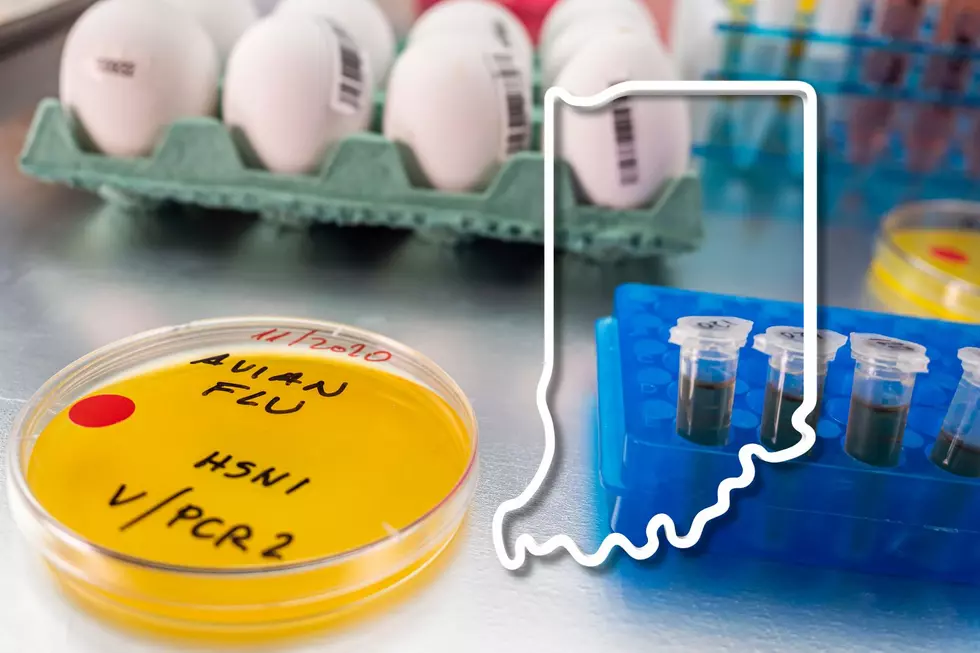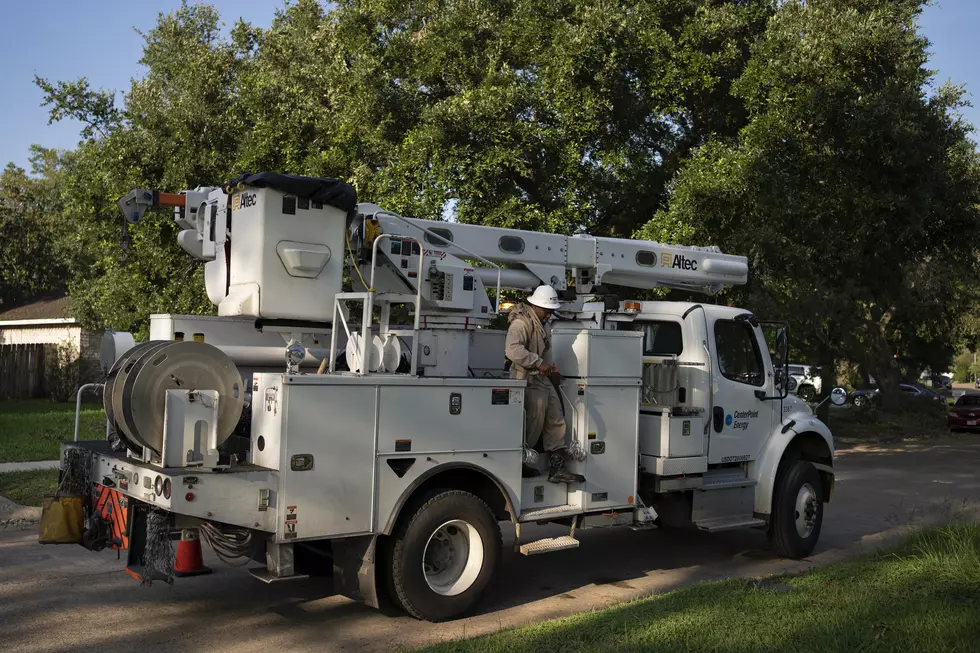As it affects states all around the country, H5N1 is grabbing media attention. The virus has declared a State of Emergency in California, but what about Indiana, where I live? Are the Hoosiers affected?
What Is Highly Pathogenic Avian Influenza and Are Humans at Risk?
The influenza virus subtype known as H5N1 is regarded as extremely dangerous. It is commonly known as HPAI, or Highly Pathogenic Avian Influenza. According to the CDC, this particular strain of influenza virus has historically presented little risk to people. Transmission to humans is rare, but it can happen in some situations.
Who Is At Risk for Contracting H5N1?
According to the CDC, individuals who have close or extended contact with sick birds, their mucus, saliva, or dung, and who do not wear appropriate eye and respiratory protection, are more likely to get the H5N1 virus.
Transmission Among Wild Birds, Commercial Poultry, and Dairy Cattle
The number of HPAI cases in humans and commercial and wild birds has increased most lately. Dairy cattle have also been reported to have HPAI instances. As a result, scores of flocks and herds have been killed nationwide by the commercial livestock business.
How Is H5N1 Impacting Indiana?
We can get a sense of how H5N1 is affecting the Hoosier State by examining statistics from the USDA and the CDC. First, as of this writing, the USDA has not documented any H5N1 incidences in Indiana dairy cattle during the past 30 days.
H5N1 Bird Infections in Indiana
Indiana is less fortunate when it comes to birds. A commercial turkey flock of around 20,000 birds was killed in January 2025 in Jay County, Indiana, due to H5N1, according to reports released by the CDC. HPIA in wild birds has not yet been documented in 2025, although from August to December of 2024, over a dozen instances were reported in several counties, including Posey, Vanderburgh, Gibson, Starke, and Monroe Counties.
What You Can Do to Protect Yourself
The public is advised by the CDC that prevention is the best course of action. Steer clear of close contact with wildlife, including wild birds, that have or may have H5N1. Make sure you are using the right PPE and practicing adequate safety if you must have contact.
[Source: USDA, FDA, CDC]



